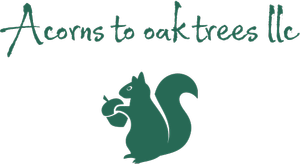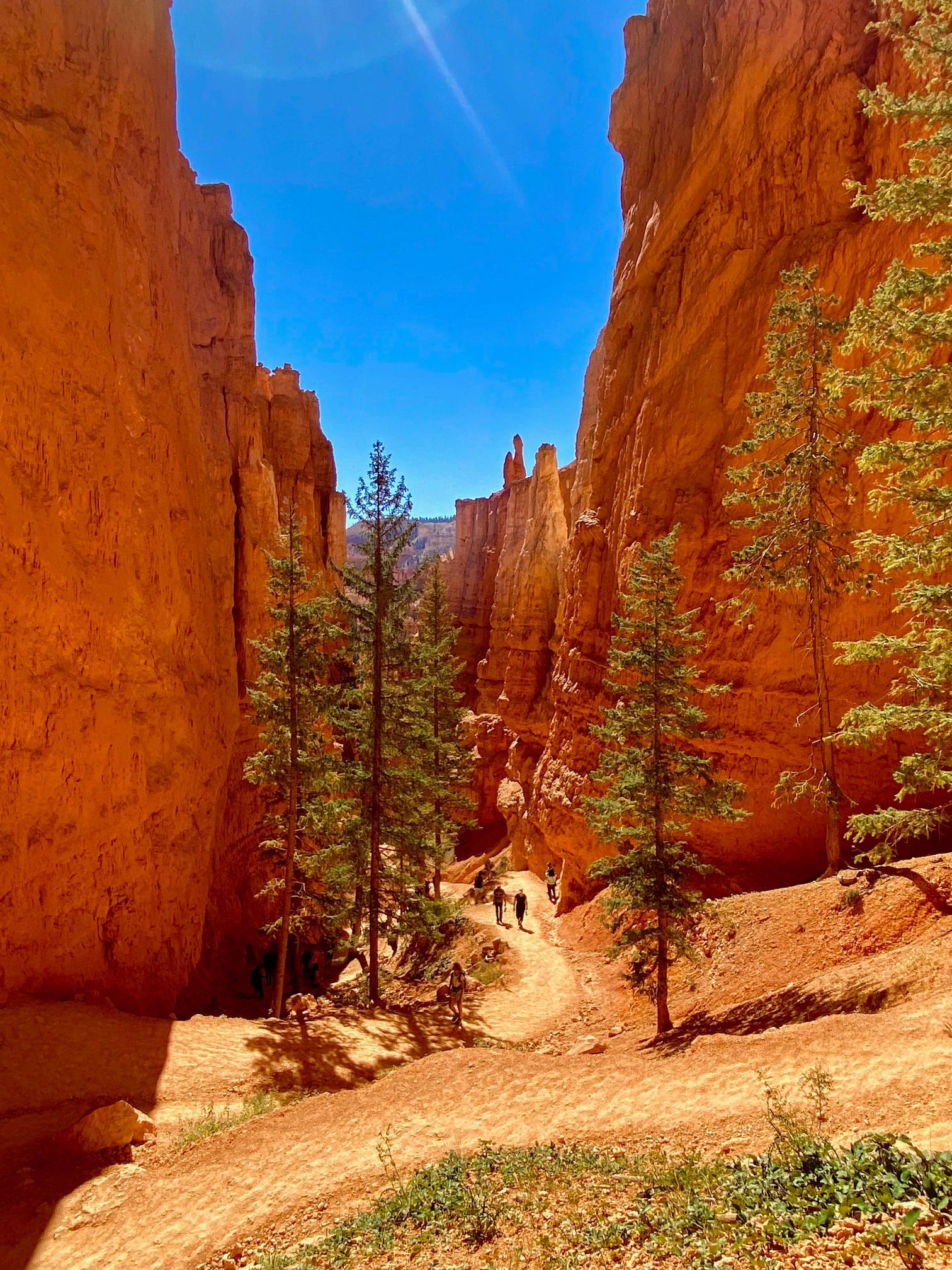Exploring the Majestic Beauty of Bryce Canyon National Park
Exploring the Majestic Beauty of Bryce Canyon National Park

Nestled in the heart of southern Utah, Bryce Canyon National Park stands as a testament to the awe-inspiring forces of nature. Known for its mesmerizing hoodoos, surreal landscapes, and breathtaking vistas, Bryce Canyon is a must-visit destination for outdoor enthusiasts, nature lovers, and adventurers alike.
In this blog post, we'll delve into the history of the park, share the must-see spots within it, recommend places to stay, and help you plan the perfect time to visit this natural wonder.
A Glimpse into Bryce Canyon's History:
Bryce Canyon National Park boasts a rich and fascinating history, dating back thousands of years. Native American tribes, such as the Paiute, inhabited this region long before European settlers arrived. They referred to the area as "hoodoos," meaning "red rocks standing like men in a bowl-shaped canyon."
In the late 19th century, Mormon pioneers, led by Ebenezer Bryce, settled in the area and began to farm the land. Bryce Canyon is named after Ebenezer Bryce, who once said of the stunning landscape, "It's a hell of a place to lose a cow."
President Warren G. Harding declared Bryce Canyon a national monument in 1923, and it was later designated a national park in 1928. Since then, visitors from around the world have flocked to Bryce Canyon to witness its unparalleled beauty.
Bryce Canyon National Park's history is a tapestry woven with the threads of ancient Native American traditions, pioneer settlement, and the enduring forces of geology. Here's a closer look at the fascinating history that has shaped this extraordinary place:
Ancient Origins:
Bryce Canyon's geological story began over 60 million years ago when the Colorado Plateau, upon which the park now sits, began to rise. Over eons, natural processes like erosion, frost-wedging, and rainwater infiltration played pivotal roles in sculpting the unique features we see today.
Native American Connections:
Long before European settlers arrived, Native American tribes, including the Paiute, inhabited the region. They called the area "hoodoos," referring to the striking rock formations. These indigenous peoples had a deep spiritual connection with the land, and their presence left a mark in the form of petroglyphs and artifacts.
Pioneer Settlement:
In the late 19th century, Mormon pioneers led by Ebenezer Bryce arrived in the region to homestead. Bryce Canyon is named after Ebenezer Bryce, who famously commented on the landscape, "It's a hell of a place to lose a cow." The settlers faced challenges in farming the land, but their stories and cabins can still be explored today.
Recognition and Preservation:
Bryce Canyon gained national recognition when President Warren G. Harding declared it a national monument in 1923. It was later designated as a national park in 1928, thanks to the tireless efforts of individuals like J.W. Humphrey, a local resident and advocate for preserving the area's unique beauty.
Conservation Efforts:
Since becoming a national park, Bryce Canyon has been a symbol of the United States' commitment to conserving its natural treasures. The park's ecosystem, including its distinctive flora and fauna, has been protected and studied.
Today, Bryce Canyon National Park stands as a testament to the intricate interplay between natural forces and human history. Visitors can explore not only the park's geology and breathtaking vistas but also the stories of those who have called this place home over the centuries. Bryce Canyon continues to be a place of wonder and inspiration, where the past and present come together to create an unforgettable experience for all who visit.
Must-See Spots in Bryce Canyon:
Bryce Amphitheater: This is the heart of the park, where you'll find the most iconic hoodoos, including Thor's Hammer and the Silent City. The Sunrise and Sunset Points provide breathtaking panoramic views of the amphitheater.
Navajo Loop Trail: A moderate hike that takes you down into the Bryce Amphitheater, allowing you to walk among the towering hoodoos and experience the canyon up close.
Bryce Point: Another excellent viewpoint offering a different perspective of the amphitheater, especially stunning at sunrise.
Inspiration Point: As the name suggests, this viewpoint is truly inspiring, offering incredible vistas of the entire park.
Fairyland Loop Trail: A challenging hike for experienced hikers, this trail explores the Fairyland Canyon and provides unique perspectives of the park's geological wonders.
Places to Stay:
Bryce Canyon Lodge: Located within the park, this historic lodge offers a rustic yet comfortable stay with proximity to the main attractions, such as: It is within easy walking distance, with paved sidewalks, to the Rim Trail to view the Sunrise and Sunset points over the Bryce Canyon Amphitheatre, which is great for those who require wheelchairs. The Lodge is a great place to visit even if you don’t stay there as it has a fascinating history, there are photos of the lodge’s history throughout the building.
Ruby's Inn: Just outside the park's entrance, Ruby's Inn offers a range of accommodations, from campsites to cozy cabins and a hotel. Ruby's Inn just celebrated 100 years in business to travelers near and far. Ruby’s Inn is a great place to visit as it has all the amenities to include: A General Store, which has all sorts of gifts, souvenirs, books, maps, it even has a post office to send out a post card. The General Store sells groceries, camping and hiking supplies! So don’t worry if you forget to bring an essential item, this place will most likely have what you need!
Camping: For those seeking a more immersive experience, the park has several campgrounds, including North and Sunset Campgrounds. The Sunset Campground is the only campground in the park where you can get a camping spot for $10 for tent sites per night and $20 for RV sites for the night. These campsites are on a first-come-first-served basis, which makes it nice if you get there in the late morning or early afternoon to claim your site. The other 2 campgrounds in the park require you to make a reservation to get a campsite. The campgrounds have clean bathrooms, fire pits and picnic tables available too.
Best Time to Visit:
The best time to visit Bryce Canyon National Park depends on your preferences and interests:
Yes, most of the National Parks are now requiring reservations in advance, so keep this in mind.
Reservations are available online through Recreation.gov website or mobile app, or call the Reservation Line at 1-877-444-6777.
Spring (April to June): Mild temperatures and blooming wildflowers make spring a great time for hiking and photography.
Summer (July to August): This is the peak tourist season when the weather is warm and pleasant. Be prepared for crowds and make reservations well in advance.
Fall (September to October): Fall offers cooler temperatures and stunning foliage, making it ideal for hiking and enjoying the changing colors of the landscape.
Winter (November to March): While some areas may close due to snow, winter in Bryce Canyon offers a serene and otherworldly beauty. Snowshoeing and cross-country skiing are popular activities during this season.
Conclusion:
Bryce Canyon National Park is a natural wonder that promises an unforgettable experience. Its rich history, mesmerizing landscapes, and unique geological formations make it a destination that should be on every traveler's bucket list. Whether you're an avid hiker, a photography enthusiast, or simply seeking a connection with nature, Bryce Canyon offers something truly special. So, plan your visit, explore its wonders, and create memories that will last a lifetime.
Using Social Media to Make Money Online, Digital marketing, travel tips and destination ideas, saving money







